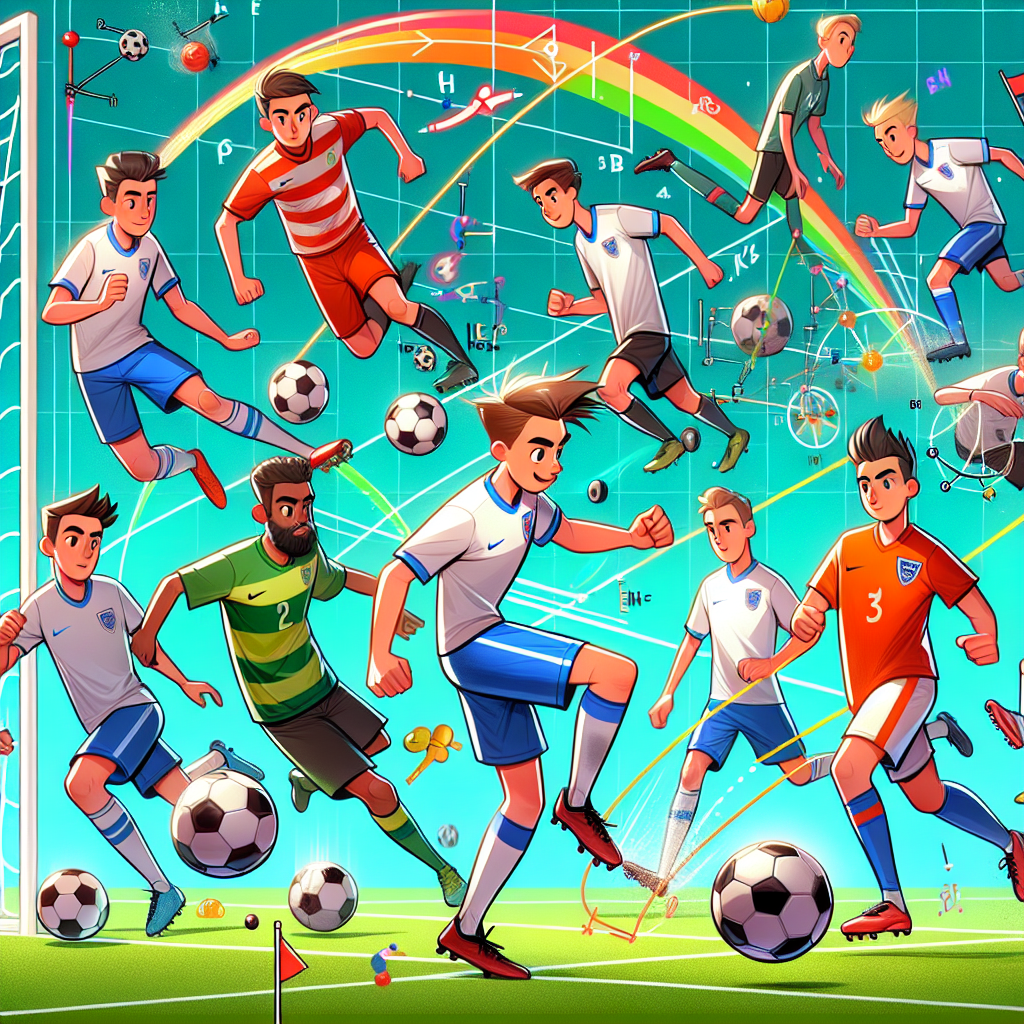
Exploring Physics and Psychology in the Beautiful Game
Soccer can be a fascinating interplay of physics and psychology. A recent piece from BBC Sport delved into the crucial moments that can alter the course of a football match, raising questions about referee decisions and their psychological impact on teams.
The Physics at Play
The game unfolds as a spectacular showcase of physics, as players manipulate the ball through space, employing techniques that marry muscle power with mathematical precision. From spin to trajectory, each pass and shot embodies principles of physics. For instance, a seemingly simple act like dribbling involves friction, control, and an understanding of angles.
One fascinating aspect is the calculation of ball velocity and trajectory. As described in a New Scientist article, research into human motion and energy efficiency offers insights into optimizing player performance on the field. By understanding biomechanics, players can enhance their movements, conserving energy for those explosive bursts of speed.
Psychology: The Invisible Hand in Football
While physics governs the tangible elements of the game, the psychological aspects are equally potent in influencing outcomes. The psychological resilience of players can make or break a team. The pressure of expectation, crowd influence, and the harsh glare of media scrutiny all weigh heavily on players’ minds.
Studies referenced in the same BBC Sport piece stress the impact of psychological preparation. Teams that cultivate mental toughness tend to outperform their counterparts in high-pressure situations. Visualization techniques and mindfulness practices are becoming increasingly integral to training regimens, enhancing focus and reducing stress.
Decisions and Dynamics
The role of decision-making was highlighted in a section of the Science Daily report, where algorithms mimicking human decision-making processes in unpredictable environments, such as football matches, are being studied to improve AI training methodologies.
The Impact of External Conditions
Beyond the players’ control, external conditions play a significant role. Weather conditions, moisture on the grass, and even the state of the pitch can affect how the game is played. For example, understanding the physics of moisture and material science can help teams decide which studs players should use and how the ball might behave during different weather conditions.
As highlighted by a recent study, the interaction between the ball and the surface is a rich area of research that combines material science with real-life impacts on sport. Players and teams can harness these insights to gain an edge over the competition.
Conclusion: The Science Leading to Better Football
The scientific understanding of football is constantly evolving. As teams harness the latest research in physics and psychology, it offers a glimpse into the future of the sport—one where every decision is data-driven, and players are equipped not just with physical prowess but a deep psychological understanding. Football, therefore, remains a thrilling intersection of art and science, where every match is a canvas brought to life through the laws of nature and the intricacies of the human mind.



